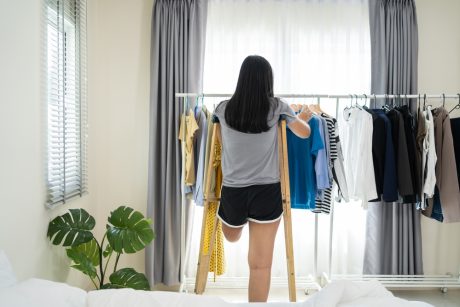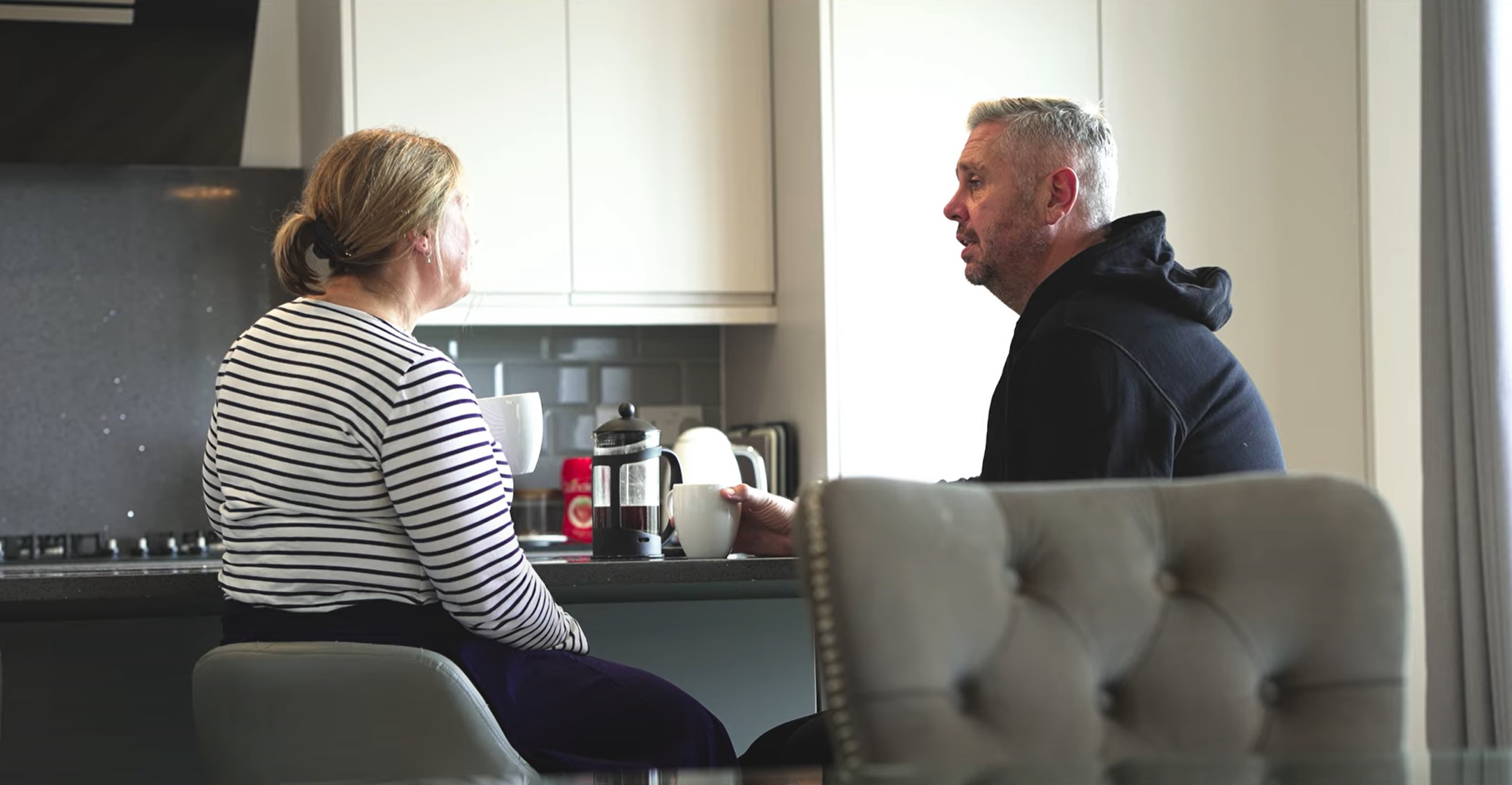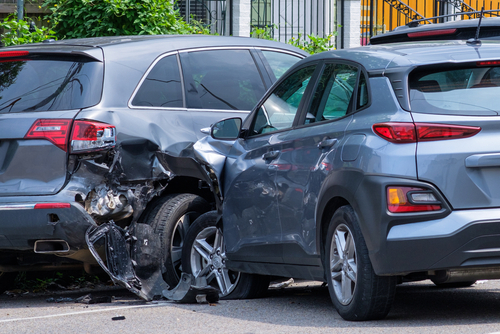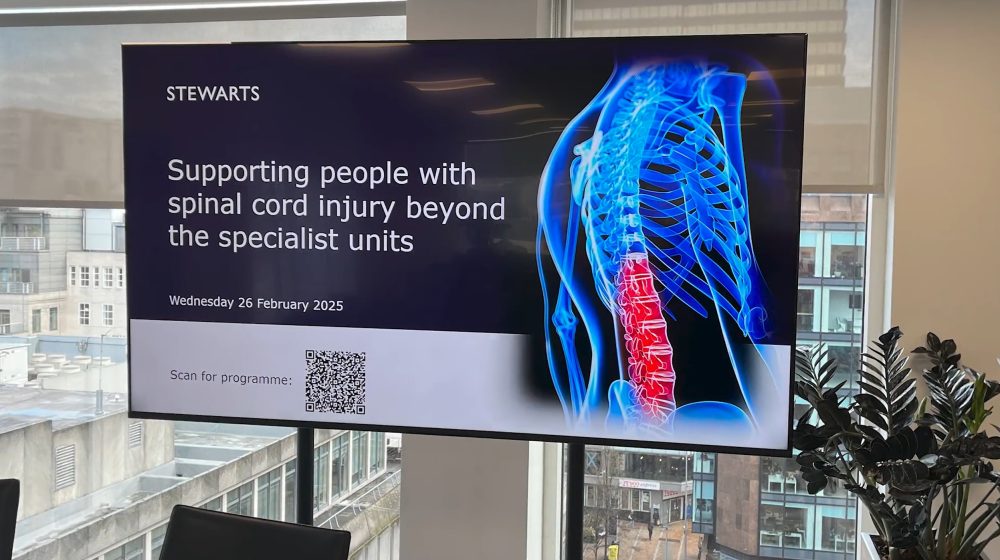This April marks the eighth anniversary of Limb Loss Awareness Month in the UK. This year’s theme is “Empowerment, Community & Storytelling”, encouraging individuals who have experienced limb loss to share their stories and help us consider limb loss inclusivity in all walks of life.
In this article, Huseyin Kahyalar, an associate in our Personal Injury team, focuses on the world of fashion and how clothing can be used as a tool of empowerment.
Inspiration from Frida Kahlo
While it is easy to assume that limb loss inclusivity and representation are missing from the world of fashion, this is not necessarily the case. I believe fashion can enrich a person’s life and improve their confidence (although I appreciate it can have the opposite effect, too). Clothes can be a powerful tool for self-expression, and fashion helps create a sense of community.
Frida Kahlo, the famous fashion and art icon, was an amputee. She had lifelong health issues and had her leg amputated when she was 46 years old. In December, I had the privilege of visiting La Casa Azul (the Blue House), also known as The Frida Kahlo Museum, in Mexico City. Many of Frida’s personal items are on display at La Casa Azul. One of the most prominent pieces exhibited is her prosthetic leg. This was showcased alongside her dresses, plaster corsets and paintings.
As a serious injury lawyer with an interest in fashion, it is perhaps unsurprising that I was drawn to Frida’s prosthesis and corsets. This experience sparked my desire to look into limb difference inclusivity and representation in the fashion industry for Limb Loss Awareness Month 2025.
Amputee representation in fashion
Since the late 2010s, we have seen the rise of successful amputee models in the fashion industry. Some have walked at major Fashion Week shows, such as Daisy-May Demetre, a double amputee. She was nine years old when she modelled for luxury children’s wear label Lulu et Gigi in New York Fashion Week 2019. Others have been featured in famous campaigns, such as Cherie Louise, who did a campaign for SKIMS. Cherie had the whole of her left leg and half of her pelvis amputated because of bone cancer.
It is not just luxury fashion brands that have tried to promote limb difference inclusivity. Some high street brands have also implemented disability-inclusive initiatives. For example, since 30 August 2024, footwear brand Schuh has offered a “single-shoe policy” across all its stores. This policy allows customers who require only one shoe due to limb difference to buy a single shoe for 50% of the original price.
Another fashion brand that has also attempted to be more inclusive is Primark. In January 2025, Primark released its Adaptative Collection in collaboration with designer Victoria Jenkins. The collection includes clothing with accessible openings and extra-large pockets for devices.
How clothing empowers our clients
Often, when our clients are involved in an incident that leads to limb loss, their self-esteem is shattered. As serious injury lawyers, we use the claims process to secure early interim payments to help fund treatment, therapy and support for them as we want to maximise their quality of life.
Some of our clients are empowered when they get a specialised prosthesis that allows them to return to a sporting activity they used to love before their injury, but this is not the case for all. For others, fashion and their appearance can be the things that help with their confidence. We have secured high-definition silicone cosmesis for clients that can be adapted to their individual needs. For example, some want tattoos printed on their prosthetic limb, and we have even had a client ask for classical art portraits to feature on their prosthesis.
Such prosthetics will not be for everyone, but it is important that people with limb loss know that there are many options available to them, and there are still many ways for them to use fashion to help express themselves.
Conclusions
It is refreshing to see that the industry is trying to be inclusive for those living with limb difference. There is still much to be done, but it is positive to see some brands implementing disability-inclusive initiatives and showcasing talented amputee models. It will be interesting to see what future innovations develop in this area and what more is done to ensure fair amputee representation in wider society.
April is Limb Loss Awareness Month. In our recent article Stewarts partner Nichola Fosler spoke to occupational therapist Christa Wright about the occupational therapist’s role in rehabilitation for upper limb amputees.
You can find further information regarding our expertise, experience and team on our Personal Injury pages.
If you require assistance from our team, please contact us.
Subscribe – In order to receive our news straight to your inbox, subscribe here. Our newsletters are sent no more than once a month.






